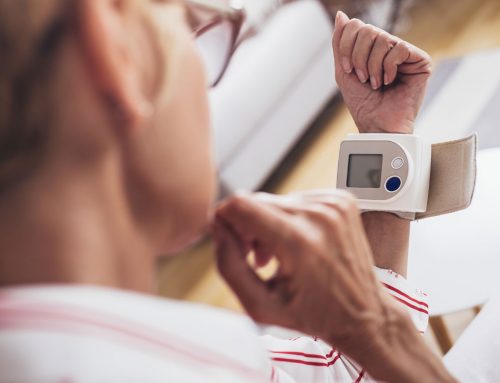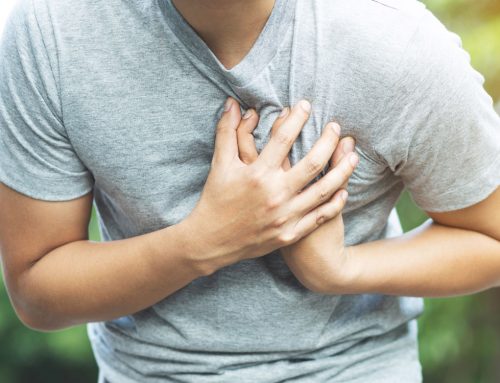Can thermotherapy help Lyme disease? At Klinic St. Georg in Bad Aibling, Germany, the hyperthermia treatments are reported by the lead doctor, Friedrich Douwes, to get “over 60%” of their patients “back to life”. A further 30% need further treatments. Only 10% are unhelped.
The treatment is heroic: 3 sessions lasting 6 hours each. Klinic St Georg combines antibiotics and experimental detox with very high fever therapy (2 hours to get to 41.6-41.8°C, 2 hours at that temp, then two hours cooldown) all under sedation. The price is heroic too at US$30,000 for a 2-week stay and 3 hyperthermia treatments.
The reasoning behind the treatment is that the raised body temperature directly kills the Lyme Borrelia, bacteria, and also enhances the antibiotics. This line of reasoning seems to be borne out in the treatment of syphilis. In his article, how I discovered hyperthermia for lyme disease and why it works, Dr Douwes tells how syphilis (also caused by a spirochete like Lyme’s Borrelia) was successfully treated by giving the patient malaria so that the malarial fever would cure the syphilis.
I wonder if a simpler approach may also be effective. Rather than directly killing the bacteria, why not use less intense thermotherapy to enable the body’s immune system to deal with it.
Sweating Traditional Hydrotherapy
Lyme disease was unknown in the time of my “mentors” Drs Kellogg and Abbott, but they recommended treating syphilis with sweating treatments. These were usually 15 minutes of sweating followed by a very brief cold treatment. I haven’t treated syphilis but have used sweating treatments for other infective fevers. Usually, 3 consecutive days of treatment are sufficient for a noticeable improvement in symptoms. Sweating treatment is easily achievable in a sauna.
Sweating treatments raise the body temperature for a short period and only to “fever-range”, 37.5 to 39.5°C (99.5-103°C), or what we would normally get with physical exercise or a typical fever. At these temperatures, most bacteria are less infective and slow down1 but many of our body’s immune cells become more effective2.
Sweating treatments are the usual thermotherapy for fevers, so may well be effective with the Lyme co-infections. Babesiosis is caused by a protozoan, as is malaria. Like Lyme’s Borrelia, Bartonella and Ehrlichiosis are proteobacteria similar that in typhus, Mycoplasma is also the cause of some pelvic inflammations.
In chronic Lyme, the Borrelia bacteria forms a biofilm to protect it from antibiotics and the immune system. Biofilm seems to be broken down more easily with higher body temperatures3.
MyLymeData
From a more practical angle, members of MyLymeData were asked for the outcomes of any of their alternative treatments for Lyme disease. Those who tried saunas reported they were effective.
65% of the 735 people who used sauna reported that it was moderately or very effective. This made sauna the second most effective treatment in the survey after herbal remedies. The sauna had lower side effects than other high-ranking treatments.
Notice that “hyperthermia” doesn’t rank as high in the survey. I think this probably refers to raising the body temperature to around 40°C for 20 minutes to 1 hour, usually in a hot tub or bath. My mentors rarely used these therapies and I think the gentler treatment assisting the body’s own immune response is better to try at first.
Lyme and Oncothermia
Another form of hyperthermia that has reported dramatic improvements4 is 3 days a week, for 10 sessions, of heating the trunk with diathermy, apparently only to 38°C. This adds to my suspicion that milder temperatures, repeated, will achieve what the more heroic treatments do.
So… can mild fever-range thermotherapy help with your Lyme disease? I’m not sure but there is evidence that it may.
Let’s see!
References
- Plaza JJG, Hulak N, Zhumadilov Z, Akilzhanova A. Fever as an important resource for infectious diseases research. Intractable & Rare Diseases Research. 2016. pp. 97–102. doi:10.5582/irdr.2016.01009
- Tomiyama C, Watanabe M, Honma T, Inada A, Hayakawa T, Ryufuku M, et al. The effect of repetitive mild hyperthermia on body temperature, the autonomic nervous system, and innate and adaptive immunity. Biomed Res. 2015;36: 135–142.
- Ibelli T, Templeton S, Levi-Polyachenko N. Progress on utilizing hyperthermia for mitigating bacterial infections. Int J Hyperthermia. 2018;34: 144–156.
- Zais O. Lyme Disease and Oncothermia. Conference Papers in Medicine. 2013. pp. 1–3. doi:10.1155/2013/275013
 AUTHOR
AUTHOR
BRUCE THOMPSON
BAppSc-Physiotherapy, Sydney University 1978
Bruce Thompson is a qualified Physiotherapist who has been using and teaching hydrotherapy for over 30 years.
See also:
traditionalhydrotherapy.com
hydro4covid.com





Leave A Comment